The P-51D Mustang “Old Crow” was the personal aircraft of Clarence “Bud” Anderson from the 363rd Fighter Squadron, 357th Fighter Group. Delivered in natural metal finish, it was soon repainted in RAF colors — Dark Green on the upper surfaces and Medium Sea Grey on the undersides.
Why RAF paints? Contrary to a common belief, the decision was not due to technical shortcomings of U.S. Olive Drab (OD). During World War II, every U.S. military unit operated under a Table of Organization and Equipment (T.O.&E.), which listed both primary and authorized substitute supplies. If original U.S. paints were not available, units could officially use approved substitutes.
P-51D Mustang Old Crow in camouflage, photo Jim Anderson via Jim Roeder
When American units arrived at RAF bases, such as Leiston (home of the 357th FG), they often found stocks of RAF paint left behind. Young pilots and ground crews also admitted a simpler reason: they liked the RAF colors better than U.S. Olive Drab. Several even decorated their aircraft to resemble their pre-war cars — with painted red wheel hubs or white sidewalls on tires. Thus, the repainting in RAF colors was as much about availability and authorization as it was about style and personal taste. Importantly, not every aircraft was repainted — the decision varied from unit to unit and pilot to pilot.
Other groups also applied RAF paints: for example, the 78th FG repainted many of its P-47D bubbletops in RAF Dark Green and Sky Blue. There are also reports of RAF Dark Green and Medium Sea Grey being used on some P-38s in the 8th and 9th AF.
P-51D Mustang Old Crow with stripped camo, photo Jim Anderson via Jim Roeder
Stripping the Camouflage
“Old Crow” was initially camouflaged in RAF Dark Green and Medium Sea Grey. In the winter of 1944/45, Anderson noticed that bare-metal aircraft blended better with the snowy landscape and pale sky. He therefore suggested stripping the camouflage, expecting the work to take several days.
To his surprise, the ground crew — Otto Heino, Mel Schueneman, and Leon Zimmermann — managed the task overnight. According to Anderson, they rubbed the paint off by hand, injuring their hands in the process. More likely, however, they used aviation gasoline as a solvent, since no dedicated paint remover was available.
Clarence “Bud” Anderson at his Mustang. Photo Jim Anderson via Jim Roeder
Not all surfaces were stripped: the red-and-yellow checkerboard nose band and the fuselage invasion stripes remained, looking distinctly worn. The anti-glare panel ahead of the cockpit was left in Dark Green, with a straight-edged finish at the spinner — easier to mask than the factory-painted curved panel. The white “Old Crow” inscription also stayed in place.
Pretty Pix flown by Ltn. James Taylor, final incarnation of P-51D Mustang 44-14450, photoJim Anderson via Jim Roeder
Final Service
Anderson flew his last combat mission in this aircraft on January 14, 1945. After his tour ended, the Mustang was reassigned to Lt. James Taylor of the 363rd FS. It was repainted, renamed “Pretty Pix,” and survived the war, only to be scrapped later at Neubiberg Air Base in Germany.
More information:
The Old Crow – Bud Anderson: To Fly and Fight
More interesting stuff:
This post is also available in:
 polski
polski



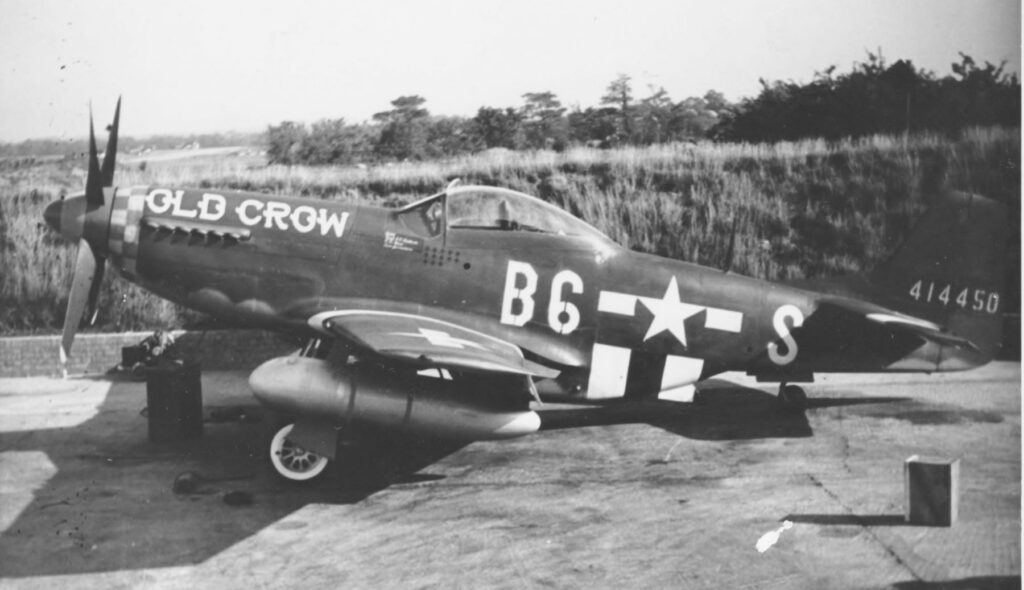

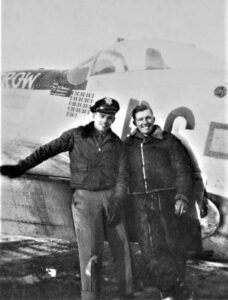
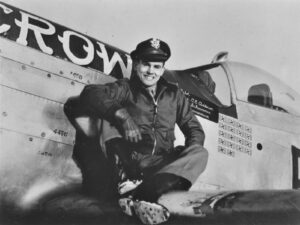

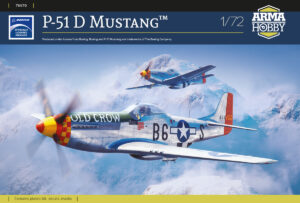
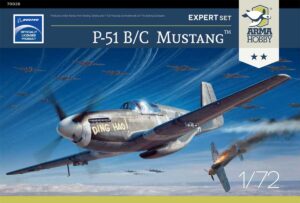


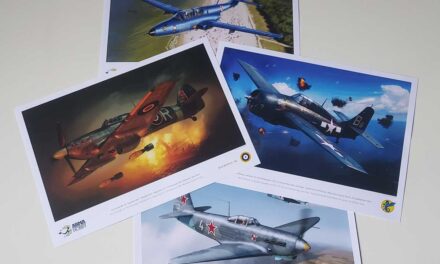
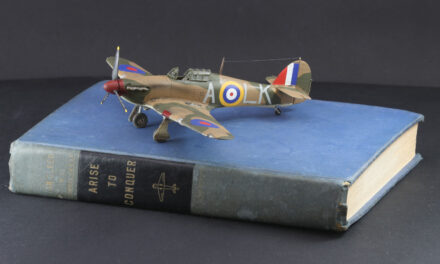

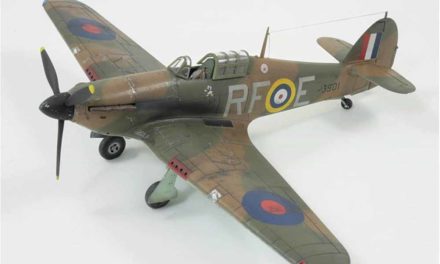
Bud was a friend of mine! Happy to see him and his mount memorialized with nice models of Old Crow!